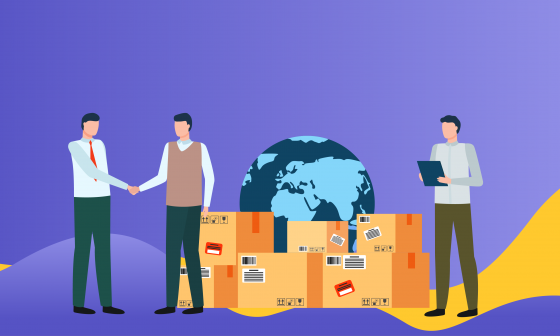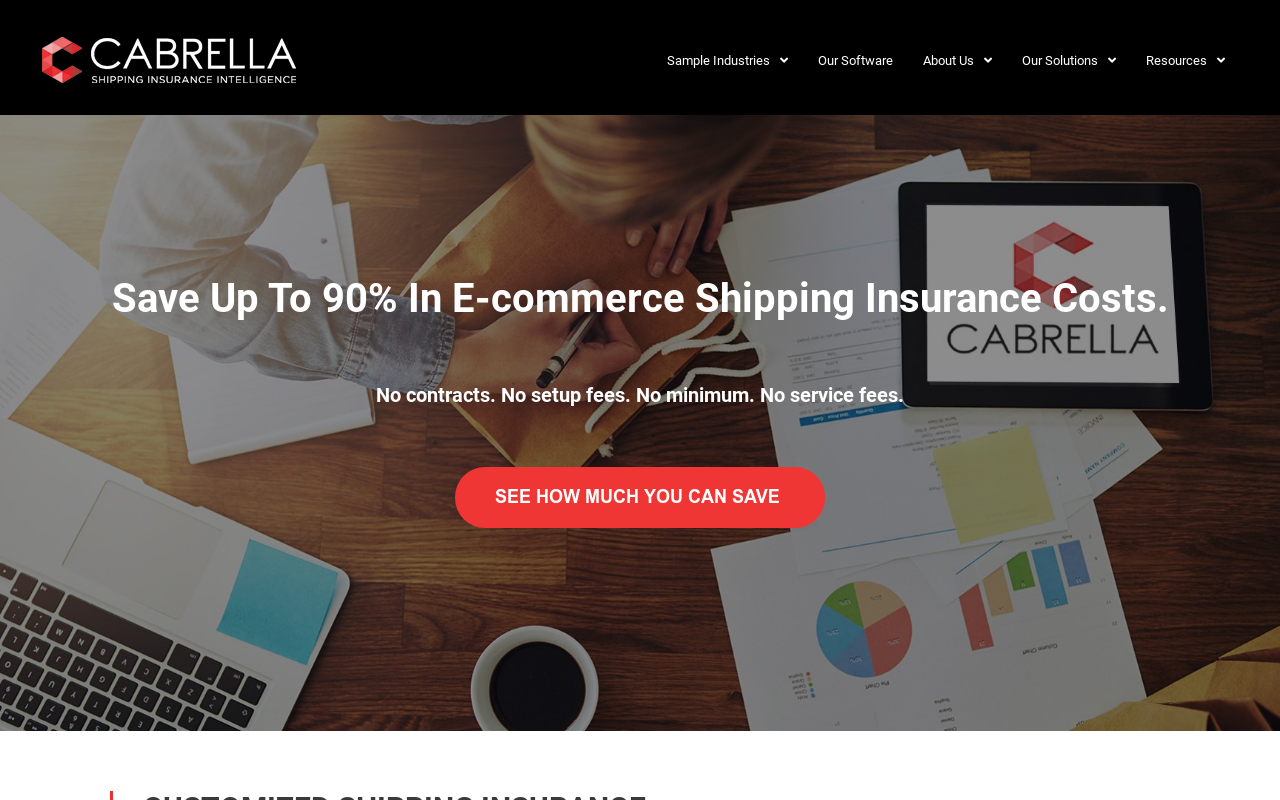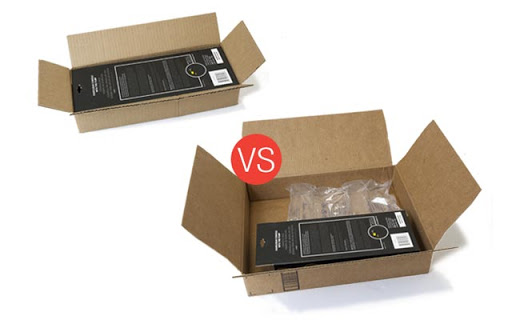How to Reduce Shipping Costs for Small Businesses?
When it comes to delivery, small businesses frequently face the dilemma of how appropriate it is to compete with giants on platforms like Shopify, BigCommerce, and Amazon. Regardless of size, expertise, or experience, all e-commerce companies have one thing in common: delivery to any corner. And the good news for small e-commerce shops is that there are strategies to reduce shipping costs.
Pre-pay

Buy a certain quantity of shipping labels
You can prepay for shipping labels with some shipping providers, such as FedEx and UPS. You can purchase a fixed number of shipping labels in advance and apply them to parcels as they arrive. This method allows you to save time and money on shipping for your small business.
However, in order for this method to take efficiently, you must know your shipping expenses ahead of time. It's particularly beneficial if you know you'll be receiving multiple orders of the same weight and size.
Negotiation with carriers
To achieve discounted delivery rates, you don't have to be a massive company like Amazon with millions of purchases. While it's true that larger orders result in larger savings, even small e-commerce stores can benefit from researching costs and negotiating cheaper rates.

Negotiate with shipping companies for lower shipping fees
If one carrier makes an offer, use it as leverage in your negotiations with their competitor. If you expect your orders to increase in the coming months owing to seasonality, demand, or just growth, you can share your sales estimates with several shipping firms.
Third-party insurance
It may be useful to acquire shipping insurance for your orders, depending on your business. If so, you should be aware that many shipping companies have a “reputation” for overcharging for insurance. Consider the average value of one of your shipments to see if you require shipping insurance. If a shipment could have a significant impact on your bottom line, shipping insurance may be worthwhile. Shipping insurance, on the other hand, may not be necessary if your average product or shipment is inexpensive.

Shipping insurance can save your cost
A third-party company like Parcel Insurance Plan (PIP), Cabrella, ShipSaver, or others is a better option. Even if it's only a few cents at a time, it adds up rapidly.
Upfront Price increase
Some online stores will not charge you for delivery when you check out. Instead, they'll include all or part of the delivery costs in the upfront price of each goods. Over 80% of online customers choose stores that offer free shipping. This method allows you to promote free shipping without having to cover the entire cost. If your business is dropshipping or you’re selling products that are fulfilled by an associate, you can include shipping fees in the price.

Include shipping fee in the upfront price
Increasing the upfront price of your products, on the other hand, may reduce demand or conversions. Before implementing this policy, it's critical to understand how increasing costs would affect your company's sales.
Minimize packaging
If you don't pay for flat-rate delivery, be aware that larger and heavier packages will increase your overall costs. Keep a close eye on the package dimensions. You should only utilize boxes that are similar in size to the things you're sending; otherwise, you'll be charged more for dimensional package weight.

Minimize non-use space when packaging
Remove all boxes from the equation and replace them with more cost-effective shipping supplies. Switch to mailer envelopes or poly mailer bags if your company routinely distributes smaller, less fragile items like apparel.
To give your e-commerce business a boost, try implementing the following strategies: create a fixed price, track carrier pricing, and pay attention to packing and delivery type. You'd pay attention not only to the platform's tariff plans but also to the transportation carriers with which it collaborates. Transport firms frequently provide cost-effective fares to regular customers; find out which ones are available in your area.
Shipping charges are one of those pesky expenses that eat into your profit margin. Several tactics can help small e-commerce merchants and even big corporations save delivery costs and increase profits.
Check out What Is The Best Dropshipping Supplier For Shopify?




